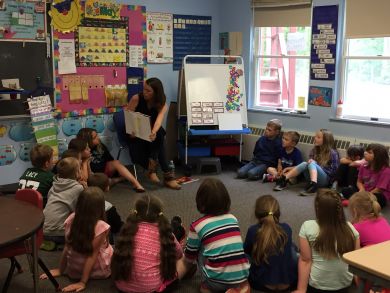 Today we are excited to announce that 42 Governors’ Spouses, 3 Governors and 1 Lieutenant Governor representing the U.S. and U.S. territories have signed on to serve as Reading Ambassadors for the 2017 Scholastic Summer Reading Challenge!
Today we are excited to announce that 42 Governors’ Spouses, 3 Governors and 1 Lieutenant Governor representing the U.S. and U.S. territories have signed on to serve as Reading Ambassadors for the 2017 Scholastic Summer Reading Challenge!
According to research from the Kids & Family Reading Report™: 6th Edition, 80% of children ages 6–17 agree that summer reading will help them during the school year, but one in five kids from lower-income families did not read any books at all last summer.To help provide kids in need with access to books, our Reading Ambassadors have donated 500 Scholastic books to schools across their respective states and hosted in-school summer reading celebrations to generate excitement about summer reading.
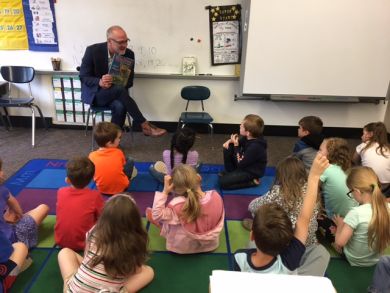 Check out these great photos from events hosted by the First Lady of Arizona Angela Ducey, West Virginia’s First Lady Cathy Justice, and First Lady of New Hampshire Valerie Sununu.
Check out these great photos from events hosted by the First Lady of Arizona Angela Ducey, West Virginia’s First Lady Cathy Justice, and First Lady of New Hampshire Valerie Sununu.
Scholastic thanks the following Governors, Governors’ Spouses and Lieutenant Governors for serving as Reading Ambassadors for the 2017 Scholastic Summer Reading Challenge:
Alaska – First Lady Donna Walker
Alabama – Governor Kay Ivey
American Samoa – First Lady Cynthia Malala Moliga
Arizona – First Lady Angela Ducey
Arkansas – First Lady Susan Hutchinson
Connecticut – First Lady Cathy Malloy
Delaware – First Lady Tracey Quillen Carney
Georgia – First Lady Sandra Deal
Guam – First Lady Christine Sonido Calvo
Hawaii – First Lady Dawn Amano-Ige
Idaho – First Lady Lori Otter
Illinois – First Lady Diana Rauner
Indiana – First Lady Janet Holcomb
Iowa – First Lady Christine Branstad
Kansas – First Lady Mary Brownback
Maine – First Lady Ann LePage
Maryland – First Lady Yumi Hogan
Massachusetts – First Lady Lauren Baker
Michigan – First Lady Sue Snyder
Minnesota – Governor Mark Dayton
Mississippi – First Lady Deborah Bryant
Missouri – First Lady Sheena Greitens
Montana – First Lady Lisa Bullock
Nevada – First Lady Kathleen Sandoval
New Hampshire – First Lady Valerie Sununu
New Jersey – First Lady Mary Pat Christie
New Mexico – First Gentleman Chuck Franco
New York – Lieutenant Governor Kathy Hochul
North Carolina – First Lady Kristin Cooper
North Dakota – First Lady Kathryn Helgaas Burgum
Northern Mariana Islands – First Lady Diann Torres
Ohio – First Lady Karen W. Kasich
Oklahoma – First Gentleman Wade Christensen
Oregon – First Gentleman Dan Little
Pennsylvania – First Lady Frances Wolf
Rhode Island – First Gentleman Andy Moffit
South Dakota – First Lady Linda Daugaard
Tennessee – First Lady Crissy Haslam
U.S. Virgin Islands – Governor Kenneth Mapp
Utah – First Lady Jeanette Herbert
Vermont – First Lady Diana McTeague-Scott
Virginia – First Lady Dorothy McAuliffe
Washington – First Lady Trudi Inslee
West Virginia – First Lady Cathy Justice
Wisconsin – First Lady Tonette Walker
Wyoming – First Lady Carol Mead
Top photo: First Lady of New Hampshire Valerie Sununu reads to a classroom of students
Bottom photo: First Gentleman of Oregon Dan Little reads to a classroom of students


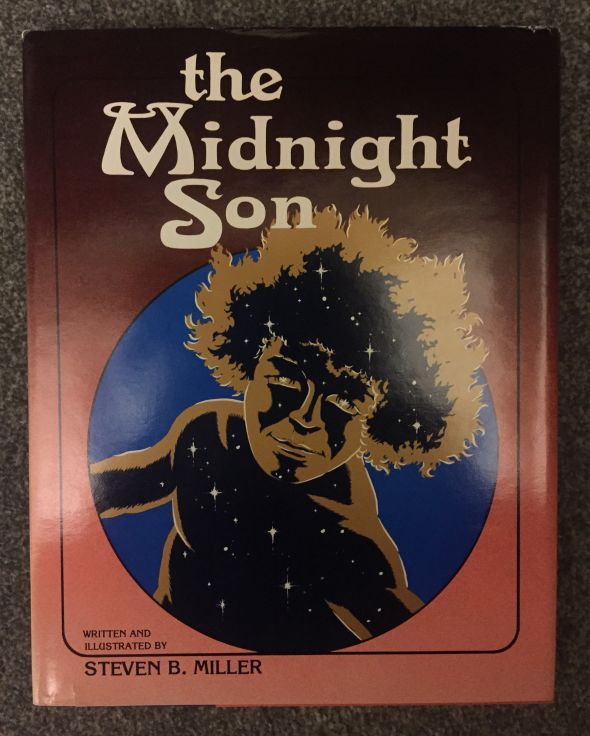

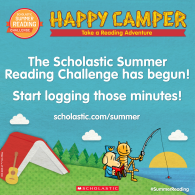 Today is the official first day of summer (yay!). It’s also the perfect time pick out a book with your child and start reading! Did you know the majority of kids actually enjoy summer reading? The Scholastic
Today is the official first day of summer (yay!). It’s also the perfect time pick out a book with your child and start reading! Did you know the majority of kids actually enjoy summer reading? The Scholastic 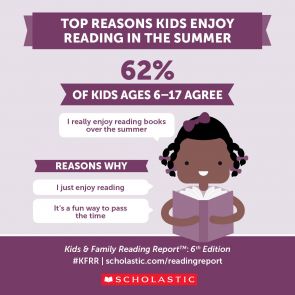 Whether you are a school, library, community partner or a parent, it’s not too late to register your child to participate in the challenge! Now until September 8th kids can log their reading minutes online to earn digital prizes when they complete weekly reading challenges and gain access to 18 reading activities based on popular Scholastic titles. Parents and caregivers can also access free summer reading resources, including booklists across all ages in both English and Spanish.
Whether you are a school, library, community partner or a parent, it’s not too late to register your child to participate in the challenge! Now until September 8th kids can log their reading minutes online to earn digital prizes when they complete weekly reading challenges and gain access to 18 reading activities based on popular Scholastic titles. Parents and caregivers can also access free summer reading resources, including booklists across all ages in both English and Spanish.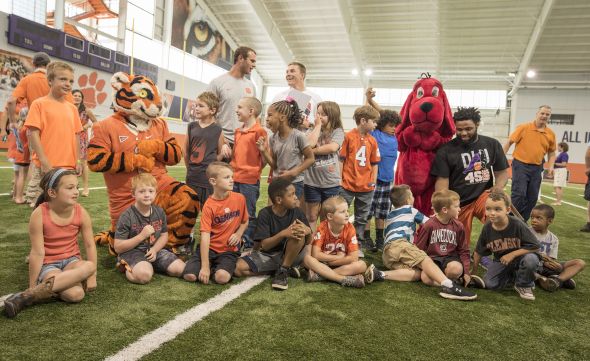
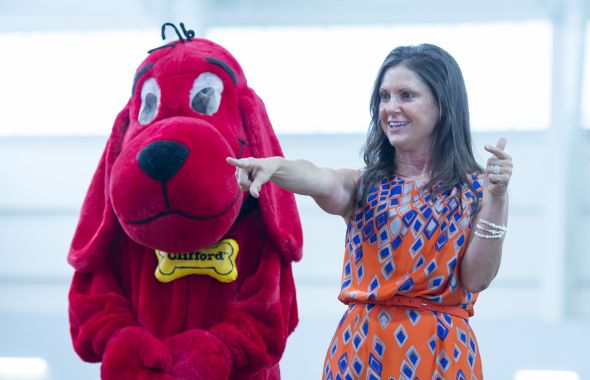

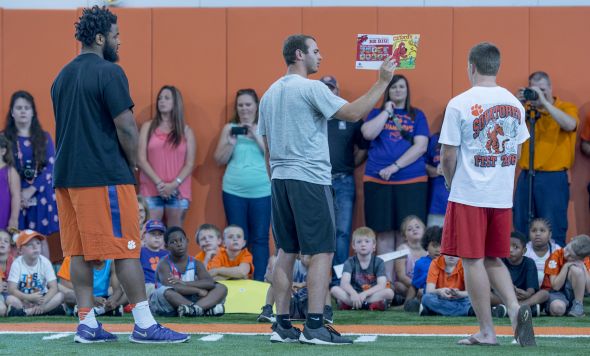
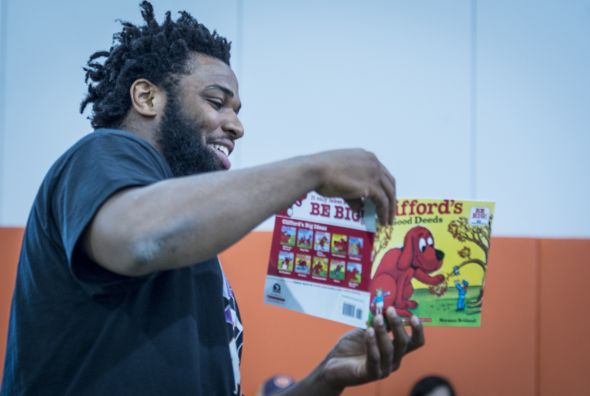
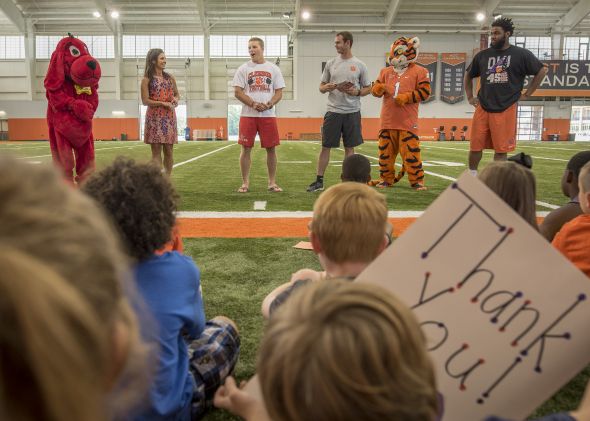
 If you needed a reason to start your latest re-read of the Harry Potter series, look no further: Pottermore has just launched the
If you needed a reason to start your latest re-read of the Harry Potter series, look no further: Pottermore has just launched the 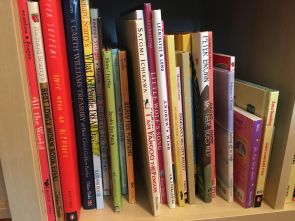 My daughter will be "stepping up" from pre-K next week, which means that she'll be starting Kindergarten in the fall. Her school's academic goals for pre-K have been mostly focused on social-emotional learning and becoming accustomed to the experience of school, so it's not like there will be intense academic expectations for her. Mostly they want her to be ready to learn; in these early years, the stronger the foundation, the better.
My daughter will be "stepping up" from pre-K next week, which means that she'll be starting Kindergarten in the fall. Her school's academic goals for pre-K have been mostly focused on social-emotional learning and becoming accustomed to the experience of school, so it's not like there will be intense academic expectations for her. Mostly they want her to be ready to learn; in these early years, the stronger the foundation, the better. Calling all teachers: Our Classroom Magazines team is kicking off summer with a
Calling all teachers: Our Classroom Magazines team is kicking off summer with a 
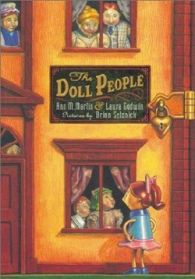
 Marley & Me: Life and Love with the World’s Worst Dog by John Grogan: Anyone who knows me knows that I love dogs. My new favorite meme is when a person asks “when do you feel the most beautiful?” and the response is “when a dog wants to cross the street to come say hi to me.” Marley & Me tells the story of life with this loveable yet crazy yellow Labrador Retriever named Marley. It is an adorable book that made me laugh, but as said best in The Lion King, "It’s the circle of life." Do with that information what you will, but it was the first book that made me cry (read: sob). I was the kind of kid that didn’t really cry, so much so that my mother would call me the "Ice Princess." Well, Marley & Me finally thawed the Ice Princess, that is for sure. My mother will never let me live that down.
Marley & Me: Life and Love with the World’s Worst Dog by John Grogan: Anyone who knows me knows that I love dogs. My new favorite meme is when a person asks “when do you feel the most beautiful?” and the response is “when a dog wants to cross the street to come say hi to me.” Marley & Me tells the story of life with this loveable yet crazy yellow Labrador Retriever named Marley. It is an adorable book that made me laugh, but as said best in The Lion King, "It’s the circle of life." Do with that information what you will, but it was the first book that made me cry (read: sob). I was the kind of kid that didn’t really cry, so much so that my mother would call me the "Ice Princess." Well, Marley & Me finally thawed the Ice Princess, that is for sure. My mother will never let me live that down. Cybersecurity has taken center stage. Kids are living in a time captivated by the Internet of Things and they are continually bombarded with news articles describing the conflicts and challenges associated with online data and internet privacy.
Cybersecurity has taken center stage. Kids are living in a time captivated by the Internet of Things and they are continually bombarded with news articles describing the conflicts and challenges associated with online data and internet privacy.